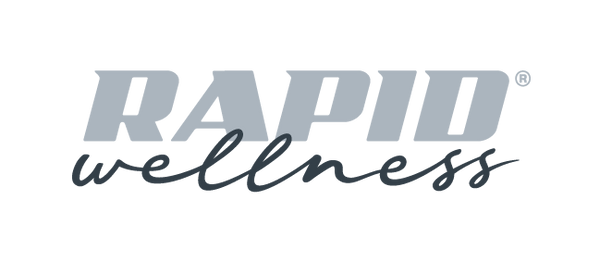Top Tips For Gluten-Free Diet

If you've been newly diagnosed with Coeliac disease or concerned that you have a gluten intolerance, adjusting your diet, lifestyle and eating habits to support and manage this condition can be overwhelming to say the least. Being Coeliac requires excluding the protein gluten in your diet that is typically sourced from wheat, rye, other grains, including oats. This means baked goods, pastas, breads, noodles, cereals and even some sauces such as soy sauce. The risk of eating gluten with Coeliac disease or a gluten intolerance can cause discomfort and damage the lining of the small intestine over time. Despite the necessity to avoid gluten at all times, there are so many gluten-free alternatives and naturally gluten-free foods to sustain your diet and health. Here are our top 10 tips to help guide you!
Types Of Food To Avoid
Shopping for food when you're on a gluten-free diet means ensuring you are vigilant about reading labels and asking about specific ingredients so you know exactly what you're consuming. Ingredient labels will highlight when a product contains gluten, however it is still important to understand specific terms and sources.
Avoid foods with the following: Wheat, barley, rye, triticale, oats (unless stated gluten-free)
Different varieties of wheat/wheat terms: Couscous, spelt, wheat germ, wheat bran, kamut, graham, farro, emmer, einkorn, durum, semolina.
Foods that contain gluten: Bread (all kinds), cereals, snacks (pretzels, flavoured chips, confectionary), baked goods (pastries, cakes, muffins), pasta (all kinds), sauces (salad dressing, mayonnaise, soy sauce, teriyaki sauce, some marinades, chilli sauce), beverages (beer), ice cream (those containing biscuits e.g. cookies and cream, cookie dough, brownies).
Use Gluten-Free Alternatives
While the options may seem limiting, there are many gluten-free alternatives readily available on the market. These can easily replace ingredients such as flour, bread, wraps, sauces, biscuits, pastas and more. You will find these items at major grocery stores, alternatively at other health food stores.
Be Mindful Of Cross-Contamination
Cross-contamination can occur when gluten-free foods make contact with foods containing gluten. This can be particularly unsafe for those with gluten intolerance or Coeliac disease as no matter the quantity, consuming any trace of gluten can negatively impact the body. This typically forms digestive issues in forms of fatigue and abdominal pain. If you live in a shared household, ensure surfaces are clean, gluten-free foods are separated from those with gluten and being mindful of crumbs, residues and what appliances are shared.
Convenient Snack & Meal Options
Finding convenient and easy to prep food options when you're on-the-go can be a little bit tricky, especially for those in areas that may be limited to gluten-free items or those just running on a busy schedule. Meal Replacement Shakes are an efficient way to boost energy, stay full, optimise performance and increase satiety. If you're looking for gluten free meal replacement shakes in Australia, our range at Rapid Loss has two offerings (standard tub or High Protein, which is a low sugar protein shake) with an array of best-selling flavours such as Chocolate, Vanilla, Strawberry and Latte. Simply add water and shake. Not only are they delicious, nutritious, convenient but cater to your fitness goals and are some of the best weight loss shakes available.

